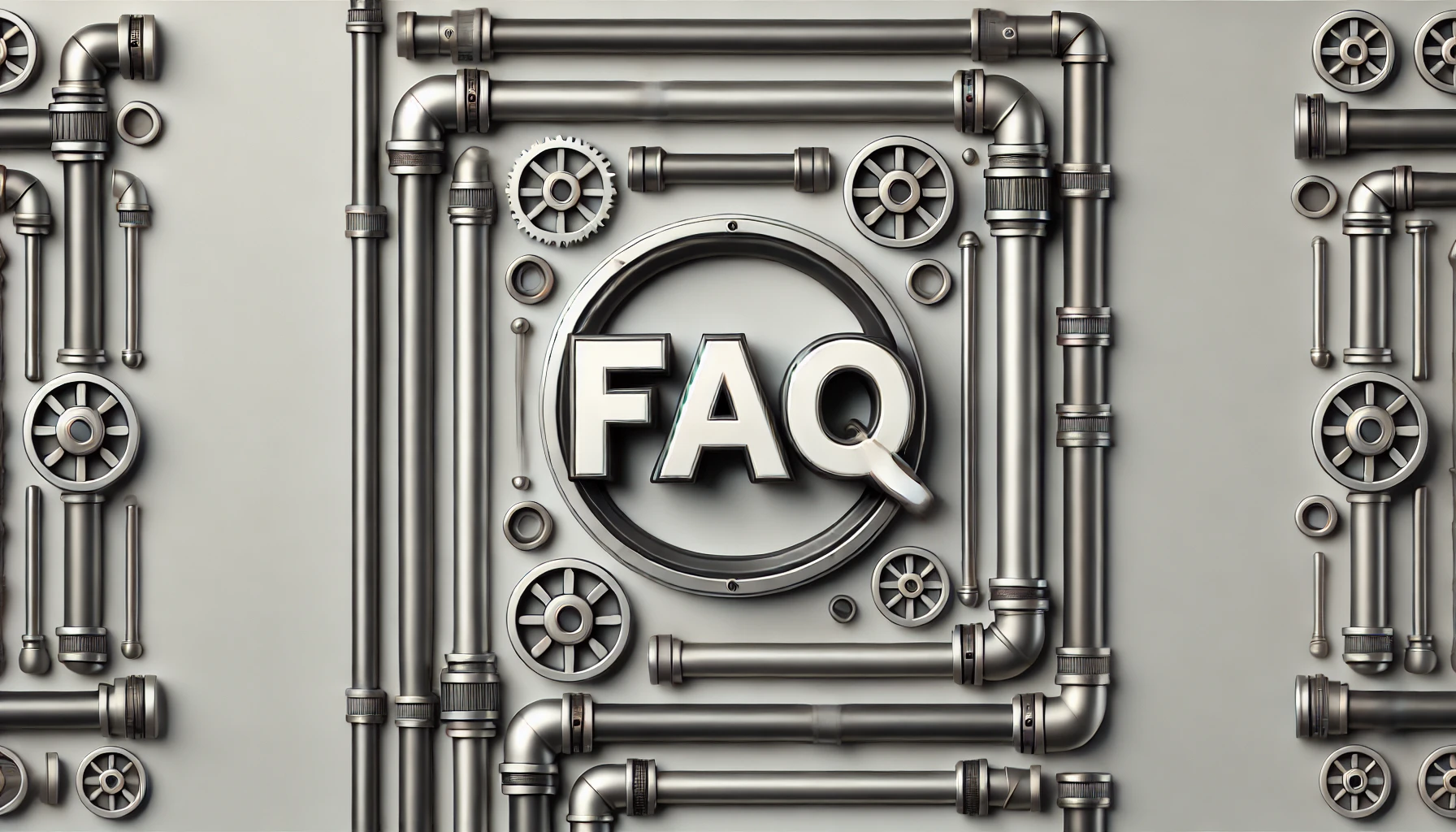
FAQ on Piping Safety Standards
What are the essential piping safety standards for industrial systems?
Industrial piping safety standards, such as ASME B31.3 for process piping and OSHA guidelines, are crucial for ensuring system integrity. These standards help prevent leaks, corrosion, and other safety hazards in industrial piping installations.
How does Centerline Piping comply with food-grade piping safety standards?
Centerline Piping follows 3-A Sanitary Standards, FDA requirements, and other food-grade piping safety standards. Our processes include using high-quality stainless steel and seamless welding to maintain hygienic conditions and prevent contamination in food and beverage processing systems.
What materials meet the safety standards for food-grade piping systems?
The most common material for food-grade piping is stainless steel, known for its durability, corrosion resistance, and compliance with FDA food safety standards. This material is ideal for maintaining cleanliness and meeting strict health regulations in food processing environments.
Why are piping inspections important for safety compliance?
Regular piping inspections are essential for maintaining compliance with safety standards and regulations. Inspections help identify potential issues like leaks, corrosion, or wear, allowing for timely maintenance to avoid costly repairs and ensure the safety of the piping system.
How does pressure testing contribute to piping safety?
Pressure testing is a critical part of piping safety standards. It verifies the strength and leak-tightness of piping installations, ensuring they can handle operational pressures without failure. At Centerline Piping, we perform thorough pressure tests to meet industry safety requirements.
FAQ on Piping Installation Processes
What are the main steps in the piping installation process?
The piping installation process involves several key steps: planning and design, material selection, cutting and welding pipes, fitting connections, pressure testing, and final inspections. Each step ensures that the piping system is safe, efficient, and meets industry standards.
How does Centerline Piping ensure quality during the piping installation?
At Centerline Piping, quality assurance is a priority. We follow strict protocols, including using certified welders, performing regular inspections during installation, and conducting pressure tests. These practices ensure all piping systems meet safety standards and function reliably.
How long does it typically take to complete a piping installation?
The time required for piping installation depends on the project’s scope. Small projects may take a few days, while large industrial piping installations can take several weeks. Factors like material availability, system complexity, and inspection requirements can affect the timeline.
What factors influence the choice of materials for piping installation?
Material selection for piping installations depends on factors such as the type of fluid being transported, temperature and pressure conditions, and specific safety requirements. Stainless steel is often used for its corrosion resistance, while other materials like PVC or copper may be chosen based on application needs.
Why is pressure testing crucial after piping installation?
Pressure testing is essential to confirm the integrity and safety of the piping system. It helps identify leaks, weaknesses, or other potential issues before the system is put into operation. At Centerline Piping, we perform rigorous pressure tests to ensure compliance with safety standards and guarantee reliable performance.
What are the common challenges faced during piping installations?
Common challenges in piping installations include difficult access to installation sites, complex system layouts, and environmental factors like temperature fluctuations. Proper planning, experienced personnel, and high-quality materials can help overcome these challenges to ensure a smooth installation process.
